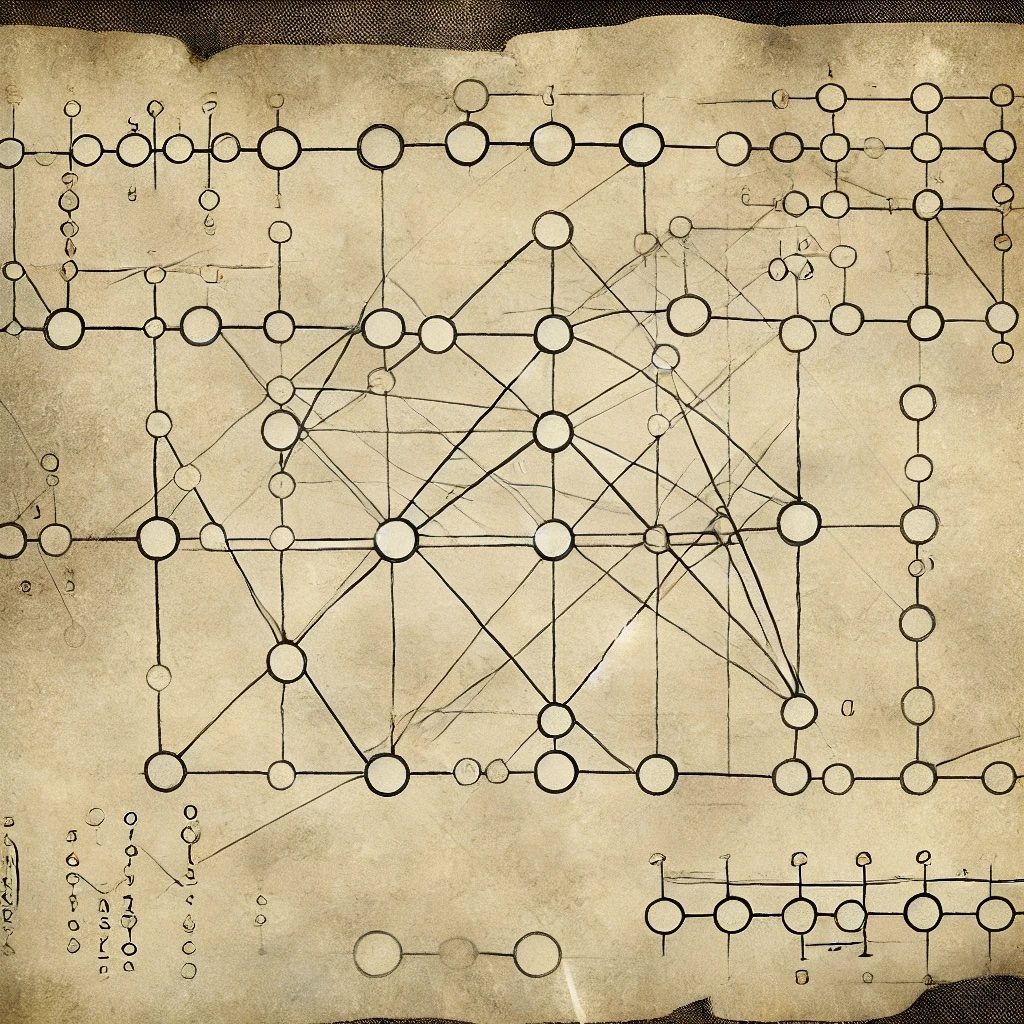Typically, confidence sequences are non-asymptotic objects. There’s no “limit” in the statements as there is with, say, confidence intervals that are constructed via the CLT.
Non-asymptotic results are useful, but typically require stronger assumptions. Eg sub- tail bounds (see sub-psi process) or known bounded moments. But asymptotic results usually require weaker assumptions. Eg Wald interval’s based on the CLT only requires finite variance.
In fact, Bahadur and Savage show that if all you have is finite variance, and no known bound on this variance, then you cannot do non-asymptotic inference.
This suggests the question of whether there exists some notion of asymptotic confidence sequences, which require weaker assumptions to obtain coverage guarantees. Asymptotic confidence sequences were introduced by Waudby-Smith et al.
The intuition is as follows: We say a sequence of sets is an asymptotic-CS if it approximates a non-asymptotic . In particular, the (right and left) boundary of should converge (almost-surely) to that of as . The formal definition is:
Definition
A )-asymptotic CS for a parameter is a sequence of intervals such that there exists a (nonasymptotic) CS for of the form such that and .
Waudby-Smith et al. give:
- an asymptotic CS for iid random variables with finite variance. The result resembles Robbins’ original mixture (confidence sequences via conjugate mixtures) but, like the CLT, does not require an a priori bound on the variance, instead using the empirical variance. The result relies on strong approximations.
- Asymptotic CSs which hold for changing means and variances under martingale dependence. These might be considered the time-uniform analogues of the Lindeberg-Feller CLT and the Lyapunov CLT.
Asymptotic coverage
One would hope that the asymptotic CSs obey some notion of time-uniform coverage. But what exactly is that notion in the asymptotic setting? In the fixed-time setting, the correct notion of miscoverage is . How to extend this to the time-uniform setting?
Definition
We say that a sequence of CSs , has ) time- uniform coverage if .
Intuitively, this says that the time-uniform coverage starts later and later.
As long as the variances can be estimated quickly enough (at polynomial rates), then the above examples have asymptotic coverage guarantees.
